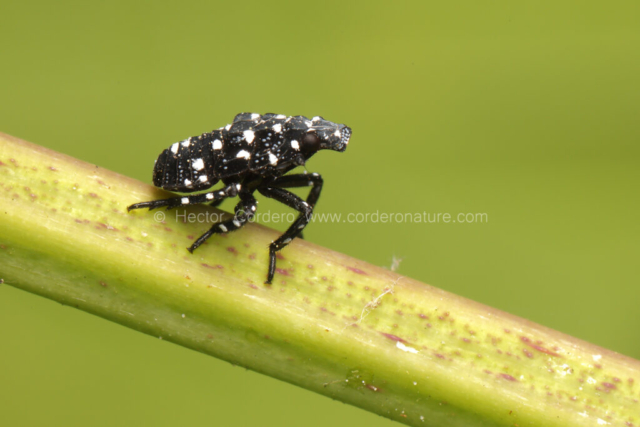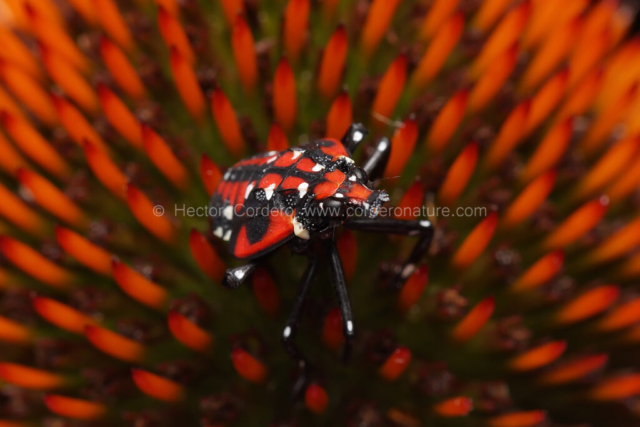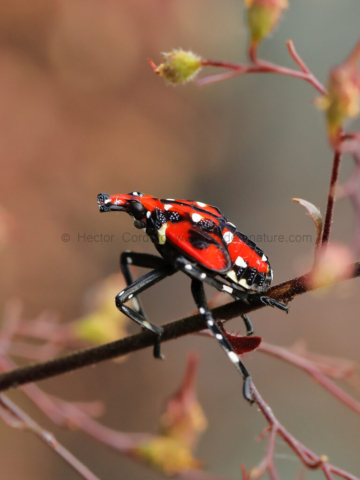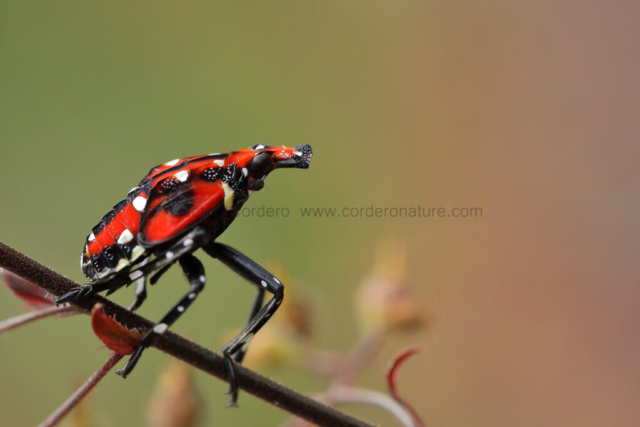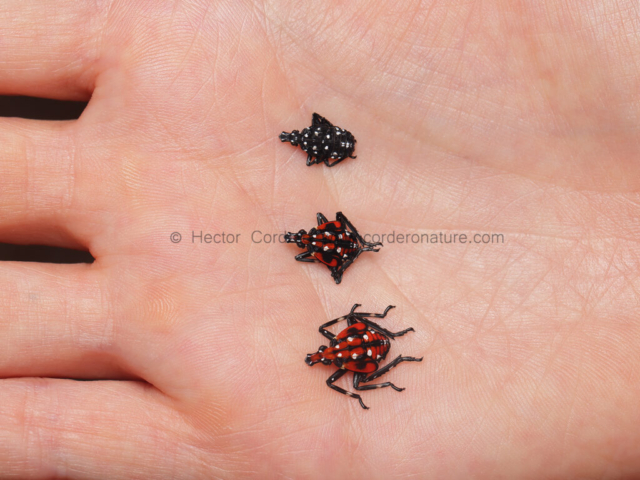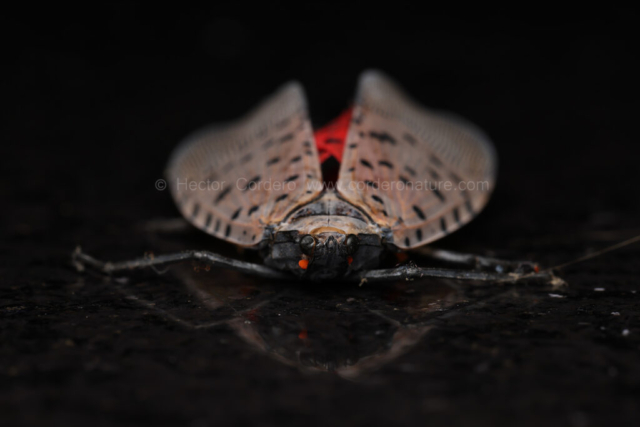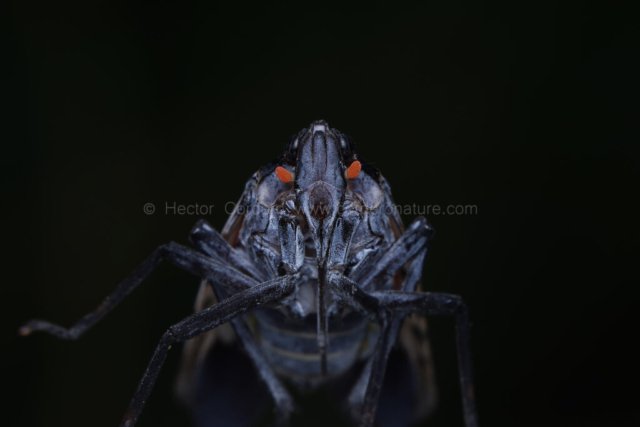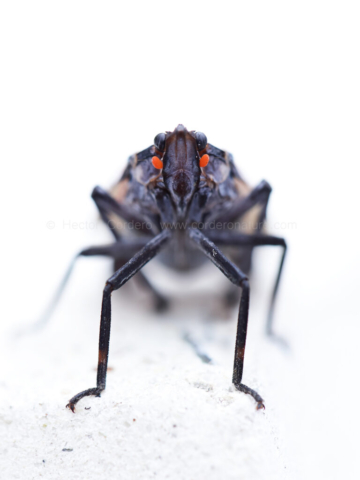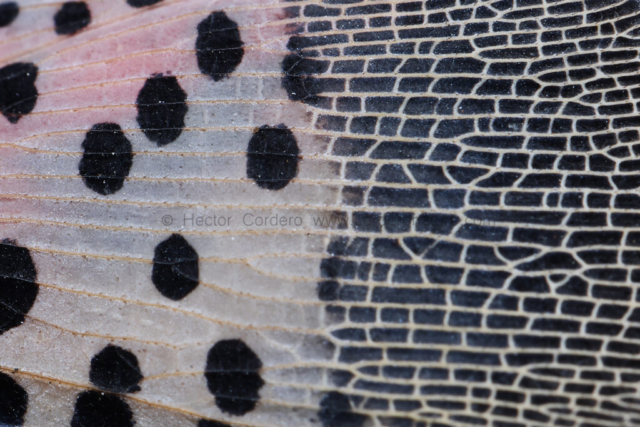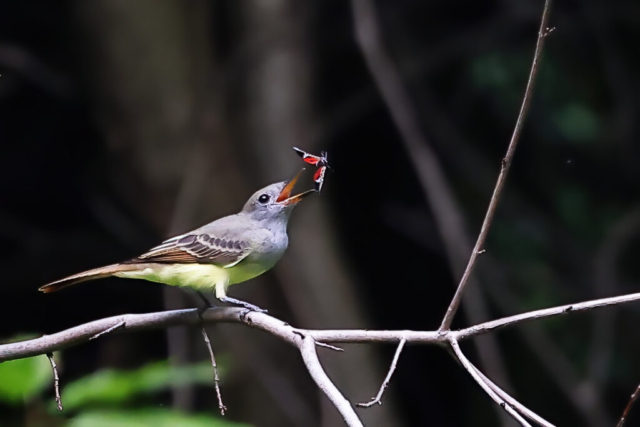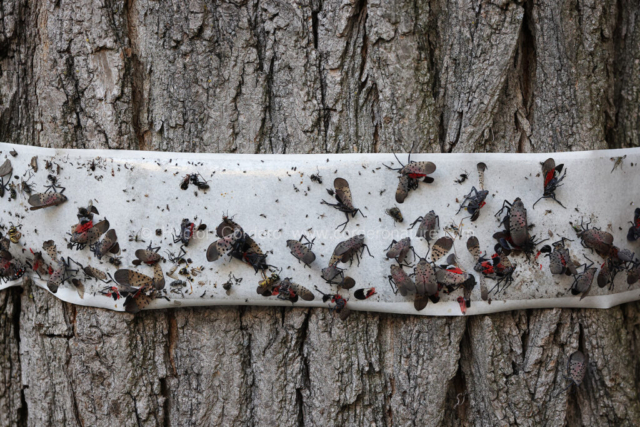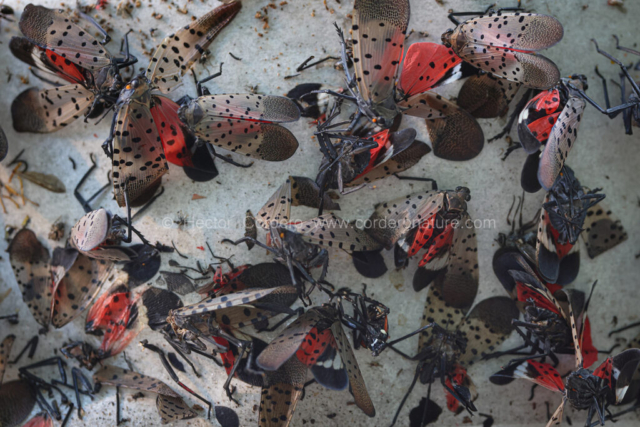Invasive Spotted Lanterfly in the Eastern US
The Spotted Lanternfly is an invasive species of planthopper native to China, India, and Vietnam that was first discovered in Pennsylvania in 2014 and arrived in New York four years later, where it has been well established since then. It is called Spotted Lanternfly because of the distinctive spotted pattern on its wings. The lanternflies are believed to have come to the United States on shipping pallets and other imported goods.
The Spotted Lanternfly has now spread to several states, including New York, and poses a threat to crops, trees, and forest ecosystems. The insects feed on the sap of trees, causing extensive damage and leading to the decline or death of the tree. In addition to feeding damage, the insects also excrete a sticky substance known as honeydew, which promotes the growth of black sooty mold and can make outdoor recreation areas and crops unappealing.
The Spotted Lanternfly goes through four distinct stages in its life cycle: egg, nymph, adult, and egg mass.
Despite the presence of natural (non-native) predators such as Purple Martins, Eastern bluebirds or Great-crested Flycatchers, the Spotted Lanternfly continues to spread and cause significant damage to crops and trees. Efforts are underway to control the spread of the Spotted Lanternfly, including targeted insecticide treatments, removing egg masses, and regulating the movement of firewood and other materials that may spread the insects.
Text and photos by Hector Cordero.


